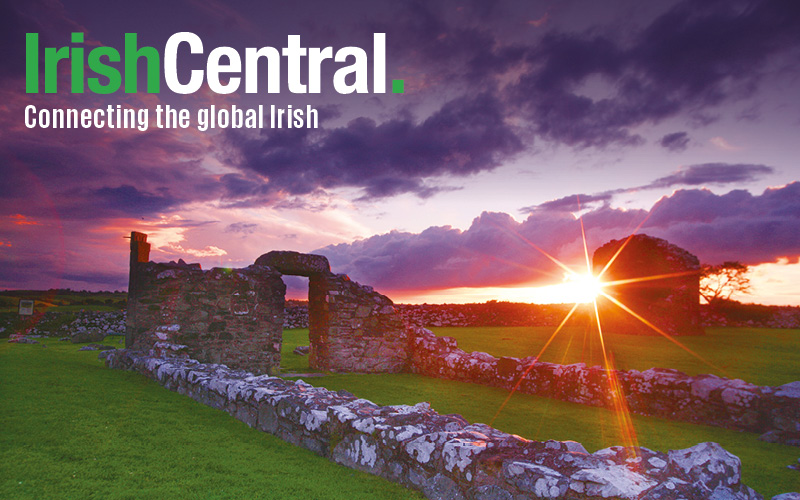Findmypast is working in partnership with IrishCentral to share fascinating insights into your Irish ancestors. Click here to get a special half price subscription, and discover your Irish roots today!
Alexander Thom first published his directory in 1844 – it is still published today. It’s something of a legend. Long used as a tool for journalists – the easiest way of finding out who lived at a certain Dublin address before the advent of the internet - it’s hardly surprising to discover that one of Irish literature’s most famous writers also flicked through those red bound pages when researching his masterpiece.
James Joyce set Ulysses in a very specific time and place. He created a snapshot of Dublin as it was on the day when he first walked out with the love of his life, Nora Barnacle. In his research he drew heavily on sources that you can find today on Findmypast. The Freeman’s Journal, the newspaper of record at the time, provided many nuggets that found their way into Leopold Bloom’s Odyssey but to people the streets through which Bloom walked Joyce turned to Thom’s.
His main source was Thom’s Irish Directory for 1904 but he would also have been familiar with past volumes, available then as now, on the shelves in the Reading Room of the National Library, before letting his characters loose on that very room. If you look through Thom’s directories on Findmypast you can follow in his footsteps.
In the Circe chapter of Ulysses, Leopold Bloom and Stephen Dedalus visit Nighttown, the notorious red light district. Bloom looks for Stephen at Mrs Cohen’s brothel at number 81, suffering a moment’s confusion and thinking that he has instead arrived at Mrs Mack’s establishment at number 85. Nighttown might not have existed in quite the form that Joyce wrote it but the area he was referring to, the notorious Monto district, was a very close copy. Mrs Cohen and Mrs Mack are both listed in Thom’s, not just in the 1904 edition but in the pages of many earlier directories, living on Lower Mecklenburgh Street, later Tyrone Street, later still Railway Street.
In the 1896 Thom’s Irish Almanac you can find Mrs Cohen, not as Joyce would have her at 81, but next door at 82. Annie Mack is not far away, at number 85. Annie Mack regularly appeared in the pages of Thom’s, with her business listed as far back as 1880. You can find her elsewhere on Findmypast as well. She was a notorious and colourful character who made frequent appearances in the court coverage of the Freeman’s Journal and was sentenced to the odd brief stay in prison, as shown in the Irish prison registers. But it’s in the pages of Thom’s that Joyce’s Dublin really lives.
The listing for Lower Tyrone Street in 1900 shows a snapshot of Joyce’s Nighttown. It wasn’t a prosperous area with many of the surrounding houses empty, ruined or turned into tenements. A few doors away from the madams is the St Mary’s Penitents’ Retreat, a home for “fallen women”.
For Joyce, who had left Dublin for Europe in 1904 and was writing Ulysses in a very different world from the one he had left behind, Thom’s was an essential tool to order and categorise the city he was writing about.
He found the names of minor characters in the pages Thom’s and homes for the more major ones and when you look through Thom’s directory you can trace Bloom’s journey. Ulysses and Thom’s Directory together give a window into Dublin as it was at the turn of the 19th century. Through this window Joyce vividly showed the city as it was one June day. So close is this connection that the obituary for him carried by the Irish Times in January 1941 sent so far as to say that “Joyce was many things, but he was certainly the last 40 volumes of Thom’s Directory thinking aloud.”
For more stories on tracing your Irish heritage from Findmypast click here.




Comments